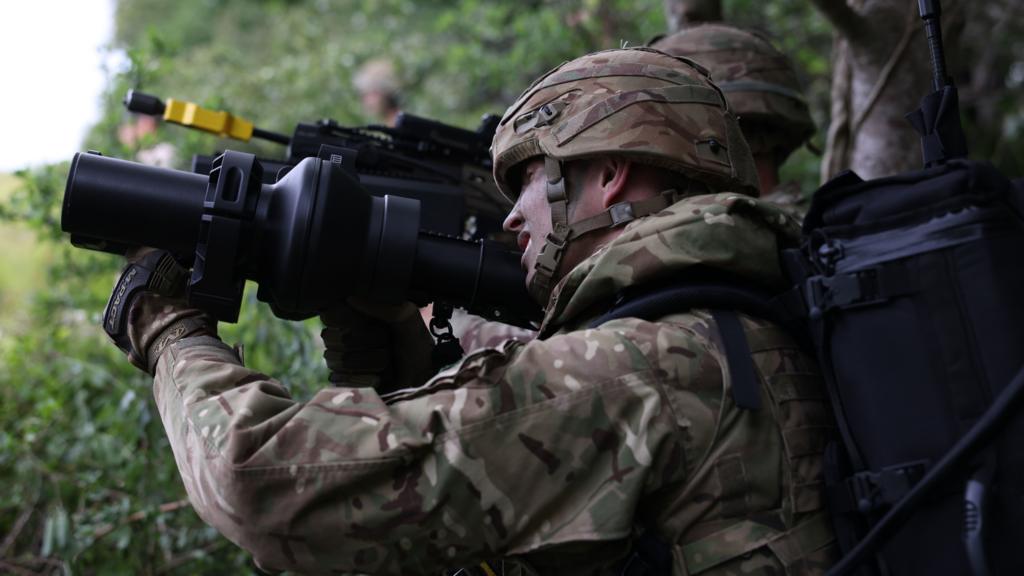Strategic Overdose: Why More defence Spending Doesn’t Mean More Security

The Pentagon’s latest budget request topped $850 billion, continuing a decades-long trend of ever-increasing defence expenditures. Politicians across the spectrum compete to demonstrate their national security credentials by advocating for higher defence spending. Yet despite this massive investment, security challenges seem to multiply rather than diminish. The uncomfortable truth defence consultants rarely discuss publicly is that more spending often creates less security—a phenomenon we call strategic overdose.
The Spending Paradox
Since 2001, the United States has spent over $8 trillion on defence and security operations. This investment has funded two major wars, countless smaller operations, and the largest peacetime military expansion in history. By any financial metric, American military superiority should be unquestionable.
Instead, the security environment has become more complex and threatening. Cyber attacks target critical infrastructure daily. Near-peer competitors challenge American interests globally. Non-state actors demonstrate increasingly sophisticated capabilities. Regional conflicts threaten to draw in major powers. Despite unprecedented spending, the world feels less secure than it did twenty years ago.
This paradox isn’t accidental—it’s predictable. Strategic overdose occurs when excessive spending creates systemic inefficiencies that actually reduce security effectiveness. Like a patient who becomes sicker from taking too much medicine, military organizations can become less capable as budgets grow beyond optimal levels.
The Complexity Trap
Higher defence budgets enable more complex systems, but complexity creates its own vulnerabilities. The F-35 Joint Strike Fighter program, budgeted at over $1.7 trillion across its lifecycle, exemplifies this challenge. Each aircraft contains over 8 million lines of software code and depends on a global supply chain spanning multiple countries.
This complexity makes the F-35 incredibly capable in some scenarios, but it also creates multiple points of failure. Software glitches ground entire fleets. Supply chain disruptions halt operations. Maintenance requirements consume enormous resources. The aircraft designed to ensure air superiority becomes a logistics nightmare that limits operational flexibility.
Similar patterns appear across major defence programs. The more sophisticated the system, the more vulnerable it becomes to disruption. Adversaries learn that they don’t need to match American capabilities directly—they just need to find ways to exploit the complexity inherent in high-end systems.
Defence consulting professionals often contribute to this problem by advocating for maximum capability solutions rather than optimal effectiveness approaches. The incentive structure rewards impressive specifications over practical utility, leading to systems that excel in laboratories but struggle in real-world conditions.
Resource Misallocation and Opportunity Costs
Strategic overdose manifests most clearly in resource misallocation. When budgets grow rapidly, organizations lose the discipline imposed by scarcity. Programs that should be terminated continue because funding is available. Redundant capabilities multiply across services. Administrative overhead expands to manage the complexity of larger budgets.
The opportunity cost of excessive defence spending extends beyond military effectiveness. Money devoted to maintaining Cold War-era force structures can’t be invested in emerging threats. Resources spent on legacy systems reduce funding available for innovation. Personnel focused on managing bureaucracy can’t concentrate on operational effectiveness.
Consider the Army’s Future Combat Systems program, which consumed over $20 billion before cancellation. This massive investment in futuristic capabilities diverted resources from immediate needs like mine-resistant vehicles and soldier protection systems. Troops in Iraq and Afghanistan paid the price for this strategic misallocation with increased casualties from threats the abandoned program was never designed to address.
The Innovation Paradox
Counterintuitively, higher defence budgets often reduce rather than increase innovation. When money is abundant, organizations lose incentives to develop creative solutions. Why engineer elegant, cost-effective approaches when budgets can accommodate expensive, over-engineered alternatives?
This phenomenon explains why some of the most innovative military technologies emerged during budget-constrained periods. The original internet protocols developed by DARPA succeeded partly because researchers had to create simple, robust solutions with limited resources. When budgets expanded, subsequent programs often produced more complex but less revolutionary results.
Private sector companies demonstrate superior innovation rates partly because market pressures force efficient resource utilization. defence contractors operating under cost-plus contracts face different incentives that reward complexity over effectiveness, leading to solutions that optimize for budget consumption rather than problem-solving.
Bureaucratic Bloat and Decision-Making Paralysis
Strategic overdose inevitably produces bureaucratic expansion. Larger budgets require more oversight, more approval processes, more coordination mechanisms. Each layer of bureaucracy adds time and complexity to decision-making while reducing accountability and responsiveness.
The result is military organizations that move slowly when speed is essential. Procurement processes that take decades to field new capabilities. Command structures so complex that clear decision-making becomes impossible. Administrative requirements so burdensome that operational effectiveness suffers.
This bureaucratic weight becomes particularly dangerous in conflict scenarios where rapid adaptation determines success. Adversaries operating with leaner decision-making processes can out-maneuver forces hampered by excessive administrative overhead, regardless of technological superiority.
Alternative Security Strategies
Effective defence consulting requires honest assessment of spending effectiveness rather than automatic advocacy for budget increases. Some of the most successful security strategies rely on efficiency rather than expenditure.
Israel’s military effectiveness stems partly from resource constraints that force innovative solutions and maintain operational focus. Swiss defence strategy achieves deterrence through smart positioning and selective capability development rather than comprehensive force projection. Estonia’s cyber defence capabilities punch well above the country’s weight class through focused investment and creative partnerships.
These examples suggest that security effectiveness depends more on strategic coherence than budget size. Clear threat assessment, focused capability development, and efficient resource utilization often produce better outcomes than massive, unfocused spending.
The Consulting Imperative
defence consultants have professional obligations that extend beyond maximizing client budgets. Effective consulting requires honest analysis of spending effectiveness and willingness to recommend budget reductions when appropriate.
This means challenging assumptions about the relationship between spending and security. It means advocating for programs based on effectiveness rather than cost. It means designing solutions that solve problems elegantly rather than expensively.
Strategic overdose is a real phenomenon with serious security implications. More defence spending doesn’t automatically mean more security—sometimes it means less. Professional defence consulting requires understanding this paradox and helping clients navigate toward optimal rather than maximum solutions.
The goal isn’t to weaken national security through budget reduction, but to strengthen it through smarter spending. In an era of strategic overdose, the most valuable consulting advice might be knowing when enough is enough.



